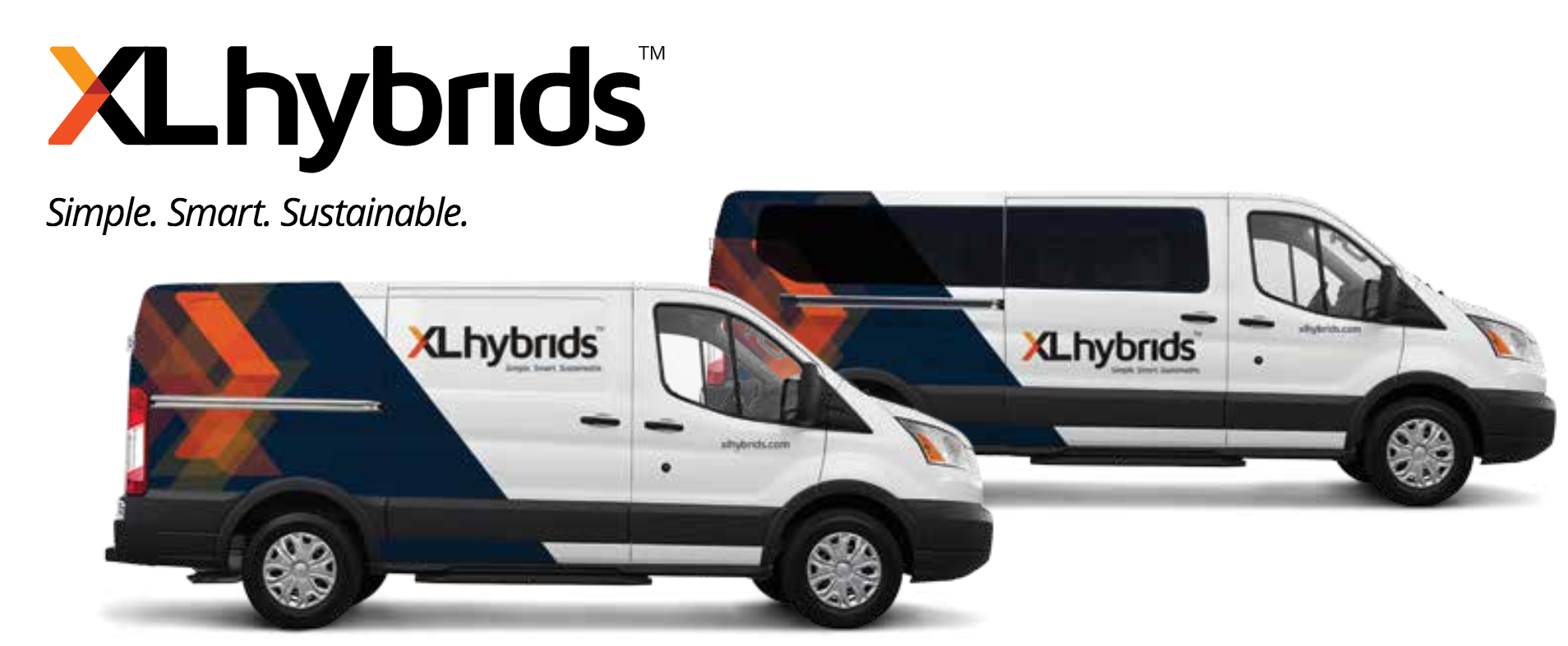Ford Transit Notches 26 Percent MPG Gain with XL Hybrids
XL Hybrids, a leader in connected fleet electrification solutions for commercial and municipal fleets, has announced vehicle testing results that show a 26 percent improvement in miles per gallon on the EPA UDDS (Urban Dynamometer Driving Schedule) drive cycle for Ford Transit vans upfitted with XL3® Hybrid Electric Drive Systems.
The MPG improvement on the EPA UDDS drive cycle also includes a more than 50 percent reduction in emissions of oxides of nitrogen (NOx). Conducted at an independent, EPA-certified chassis dynamometer testing lab, the test results mirror earlier EPA UDDS chassis dyno performance for Chevrolet and GMC 2500 Express and Savana vans equipped with XL Hybrids’ technology.
“This test result further validates that the XL3 hybrid electric drive system platform product delivers significant fuel savings to our fleet customers across multiple OEM models now including Ford Transit vans,” said Ed Lovelace, chief technology officer for XL Hybrids. “Our XL3 Hybrid System is especially effective for fleets to reduce fuel consumption in metropolitan driving environments and vehicles in stop-and-go traffic.”
The testing process used compares fuel economy performance from a Ford Transit van operating on the OEM gas powertrain with that of a Ford Transit operating with the XL3 hybrid-electric system. The test was completed using a Ford Transit cargo van with a Ford 3.7 liter engine over the EPA UDDS drive cycle, which represents urban driving routes.
In addition to a more than 50 percent reduction in NOx emissions, the XL3 Hybrid Electric Drive System reduces carbon dioxide emissions (CO2) by 20 percent, providing immediate benefits for companies aiming to meet sustainability goals. The technology works seamlessly in the background with zero impact on fleet operations, and no driver training, no special plugs, charging or fueling infrastructure requirements.
The XL3 reduces fuel use through propulsion assist by the electric motor and recharges the battery through regenerative braking, a process by which the electric motor helps slow the vehicle when the driver brakes, and converts that energy to recharge the battery.
Category: Green











